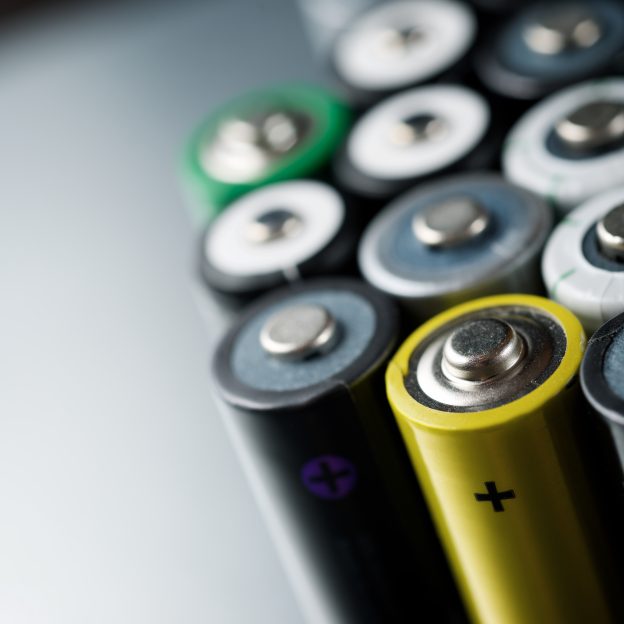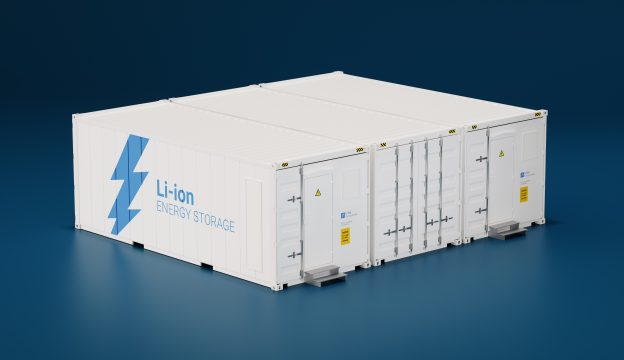
The Bureau of Land Management under the US Department of Interior has just released its environmental impact statement on the construction of the Gemini Solar and Energy Storage Project in the state of Nevada. This mega solar complex will be delivering power to NV Energy, the largest utility in the state and a subsidiary of Berkshire Hathaway Energy. Warren Buffett, chairman and CEO of Berkshire Hathaway, wrote in a 2016 investor letter that he believes renewable energies will become increasingly important in the near future. Now, one of his companies is participating in a US$1 billion venture to build the largest solar farm in the US.
The Gemini Solar and Energy Storage Project is also the first solar farm in the US that will be located on federal lands. The Bureau of Land Management has allocated 7,100 acres within the Mojave Desert for the construction of this 690MW PV power plant and the complementing 380MW energy storage facility. Once fully completed, Gemini is expected to have a generation capacity surpassing that of a 579MW project in California known as Solar Star. It will likely be recognized as the largest PV power plant in the country.
According to the environmental impact statement that was released at the end of last year, the Department of Interior intends to sign off on the project following one more round of public consultation. The solicitation and review of public comments is going to take place within a 90-day period. The construction will be jointly handled by renewable infrastructure firms Quinbrook and Arevia Power. With regard to power purchasing cost, the Los Angeles Times reported that NV Energy will be signing a 25-year contract under which it will be paying an average of US$42.83 per MWh for the combined output from the PV power plant and the energy storage facility (note that the generation cost of just the PV power plant is US$38.44 per MWh). In comparison, the generation cost of a new natural gas power plant in the US is in the range of US$44-68 per MWh. Hence, Gemini, which is scheduled to enter commercial operation at the start of December 2023, promises a very competitive price for solar PV versus fossil fuel power stations.
Besides Gemini, NV Energy’s renewable portfolio includes two more solar projects. All in all, the utility has acquired 1.19GW of PV generation capacity and 590MW of energy storage capacity based on the Li-ion battery technology. The PV and energy storage systems under its control will supply enough electricity to meet the needs of 230,000 residences in Nevada day and night.
The state government of Nevada has revised its renewable portfolio standard in April 2019, raising the target to 50% by 2030. The approval of Gemini will greatly accelerate the state’s efforts in greening its grid.
However, Berkshire Hathaway has been on a rocky path when it comes to investing in renewable energies. In the case of Gemini, some environment groups have objected to the project because the area where the PV power plant will be built is home to endangered desert tortoises and other wildlife species. Arevia Power issued a press release in August 2019 to assuage the public concern over this particular matter. Ricardo Graf, who is the chief development officer of the company, said that desert tortoises living around the project site will be temporarily relocated. They will be able to return to the site once the construction phase is over. Graf pointed out that this approach to protecting tortoises has been successfully adopted by Valley Electric, another solar project developer. Graf also claimed that solar panels will actually be beneficial to the desert ecology as animals can seek shelter under them during daytime when the sun is shining and the temperature is hot.
Also, Berkshire Hathaway Energy previously came under criticism for lobbying against net metering, a policy supported by most solar advocates.
Net metering allows owners of renewable generation systems to offset a part of their electricity bills with the power that they produce and feed into the grid. In 2014, Berkshire Hathaway Energy published a strategy document arguing that net metering is unfair. Specifically, this policy does not account for the actual costs of supplying electricity to residences with rooftop solar panels since those with renewable generation systems can sell the electricity that they produce at any time, whether it is during the peak or low load period. These costs, in turn, could be shifted to customers that either cannot afford or choose not to install solar panels on the roofs of their homes. The Alliance for Solar Choice (TASC), a solar industry advocacy group, publicly countered Berkshire Hathaway’s “free ride” assertion. The group referred to a report released in July of the same year showing that the implementation of net metering in Nevada did not pass additional costs to ratepayers without renewable generation systems.
(News Source: TechNews. Photo credit: Arevia Power.)







